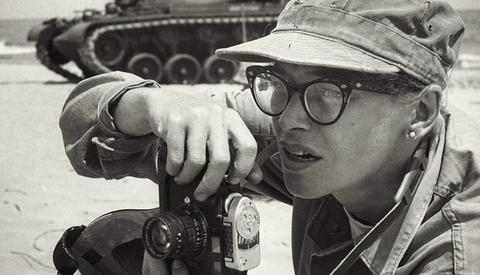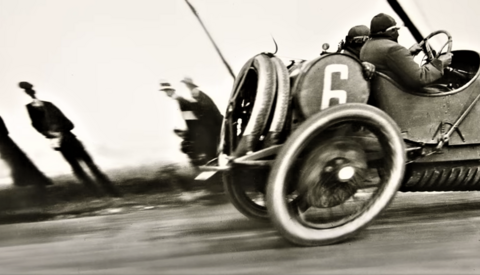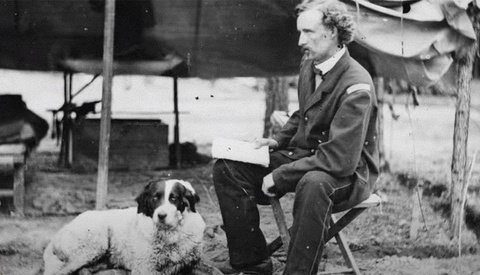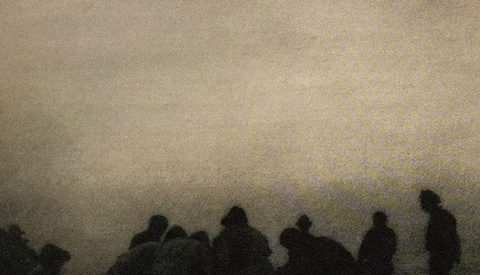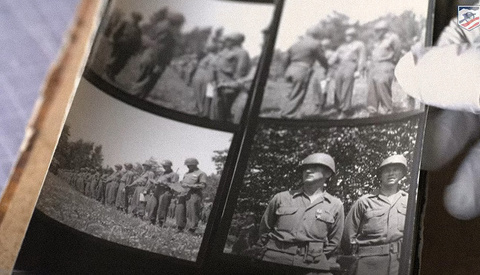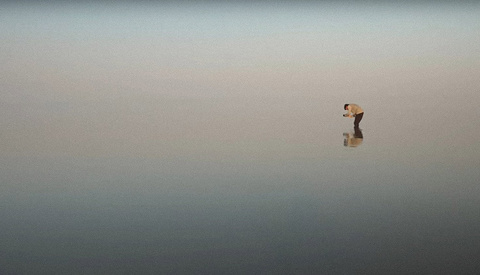From the Second World War to Vietnam: The Photographs of Dickey Chapelle
In the world of combat photography, there have been countless individuals who have risked their lives to document the harsh realities unfolding in front of them. Among these brave photographers, one name stands out with a unique legacy – Dickey Chapelle. Born Georgette Louise Meyer on March 14, 1919, in Milwaukee, Wisconsin, and adopting the nickname Dickey from a childhood friend, her remarkable journey not only left behind a trove of iconic images, but also paved the way for generations of photojournalists to follow in her footsteps.

